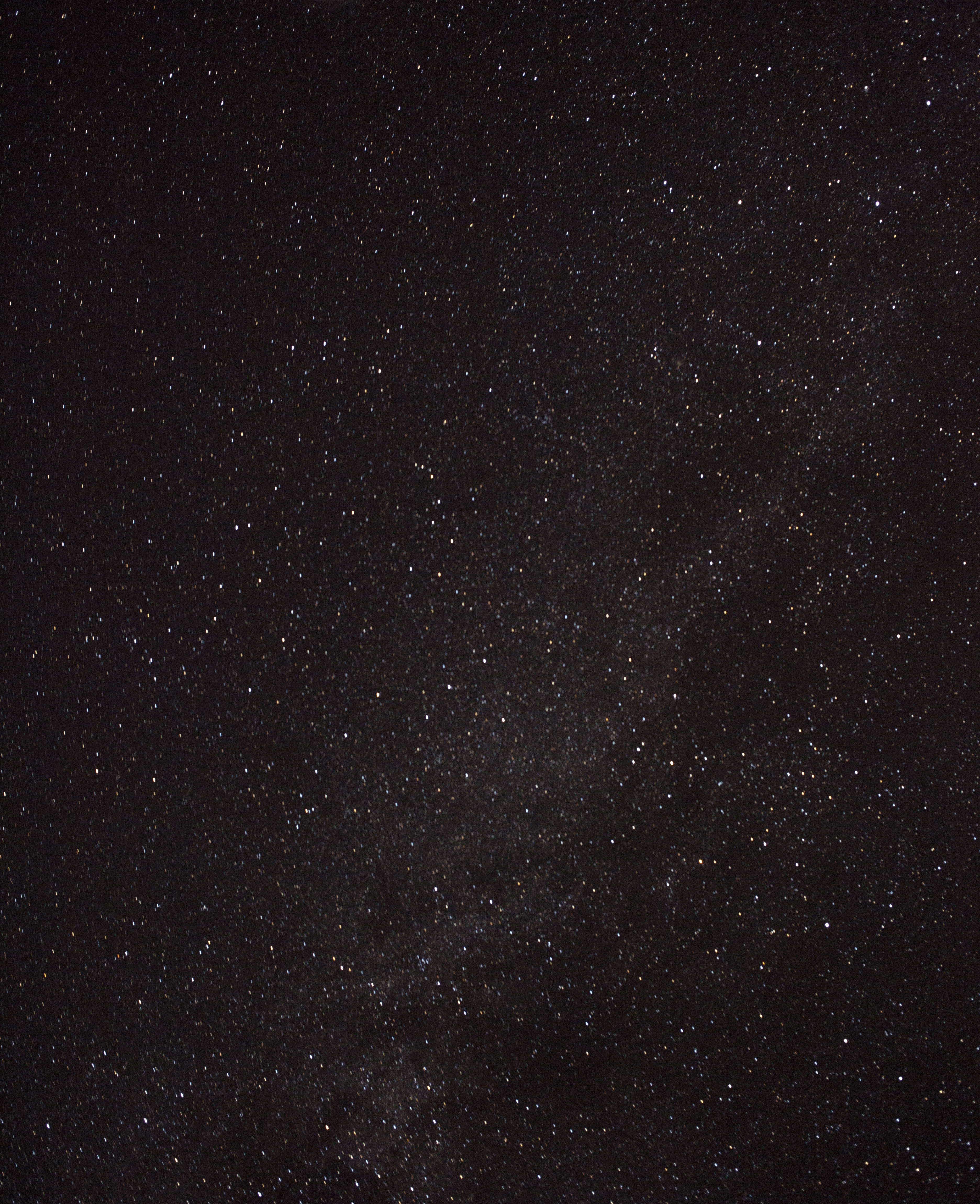The Man Who Never Saw The Sea
Emilio kept telling me «I don’t know what I’m still doing here»
He lived his entire life in the same house where he was born.
He never saw the sea.
He lived his entire life in the same house where he was born.
He never saw the sea.

Chamois, with its 90 inhabitants,
is the highest municipality in Italy
where cars are not allowed.
The only way to get up here,
in this remote mountain village,
situated at 1800 meters in the Italian Alps,
is by cable car or by foot.
![]()
is the highest municipality in Italy
where cars are not allowed.
The only way to get up here,
in this remote mountain village,
situated at 1800 meters in the Italian Alps,
is by cable car or by foot.

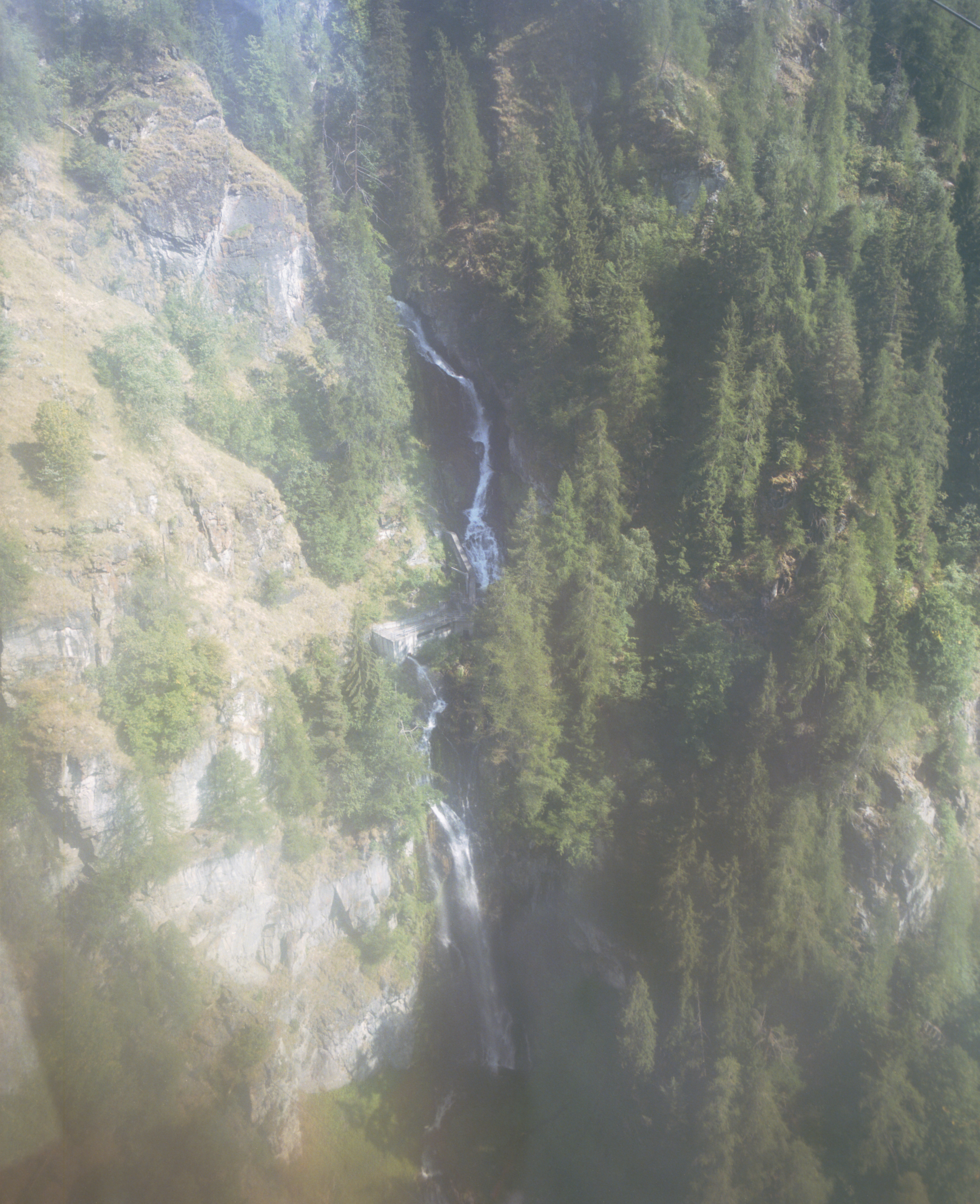
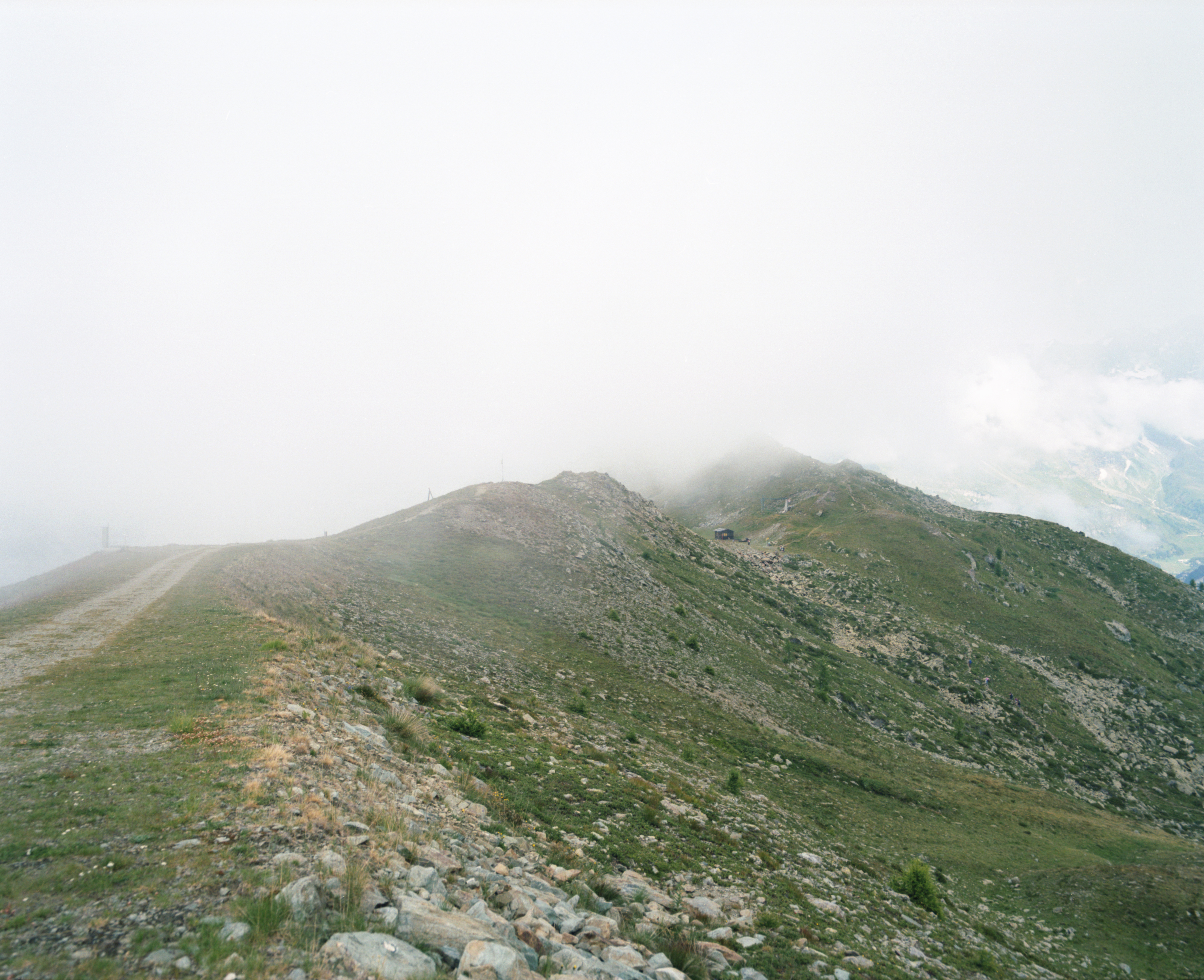
Chamois has six hamlets, defined by a bunch of a few houses spread all over the mountain.
Streets have no names and in some cases there are not even streets to achieve the houses, you just walk by crossing wooded paths or open big fields.



To find Emilio’s house, I took a snowy path from
the main square of Chamois, that leads to a bridge
that cross a river.
From there onwards I had to follow a tiny map that Laura drew for me on a paper and placed in my pocket.
the main square of Chamois, that leads to a bridge
that cross a river.
From there onwards I had to follow a tiny map that Laura drew for me on a paper and placed in my pocket.
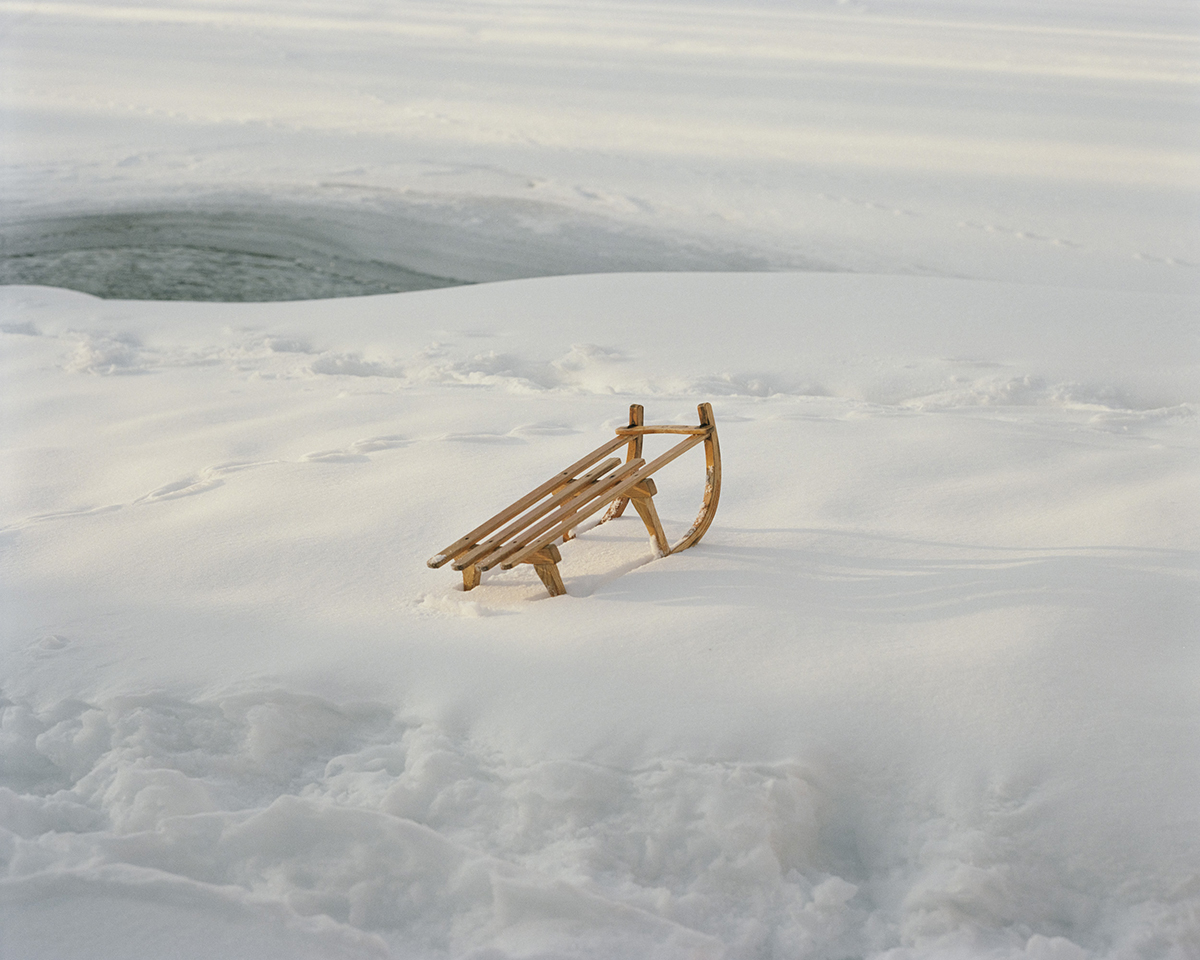


“Suis or Suisse?” I still didn’t know which one was the right name for this hamlet.
Among the inhabitants, someone says it’s correctly spelled Suis but the wooden sign hanging on a tree, it says Suisse.
If one would not know about the place, it would be easy to think to be in Switzerland.
It is believed that the hamlet’s name comes from a Swiss smuggler who was escaping and reached this place through the mountains with his wife, by misleading his traces wearing his snow boots backwards.

Although Emilio has been photographed and interviewed several times, he welcomed me with surprise and invited me to sit next to him on the couch.
Together with him, there was Dina, his in-home nurse. Emilio introduced her by saying that she travelled several kilometers to live with him, even though he didn’t know exactly how far Romania is.
He was sure that Dina wouldn’t stay more than a few days, but it has been for more than two years that they laughed their heads off.
«Come on Dina don’t make me laugh like that!»
Together with him, there was Dina, his in-home nurse. Emilio introduced her by saying that she travelled several kilometers to live with him, even though he didn’t know exactly how far Romania is.
He was sure that Dina wouldn’t stay more than a few days, but it has been for more than two years that they laughed their heads off.
«Come on Dina don’t make me laugh like that!»



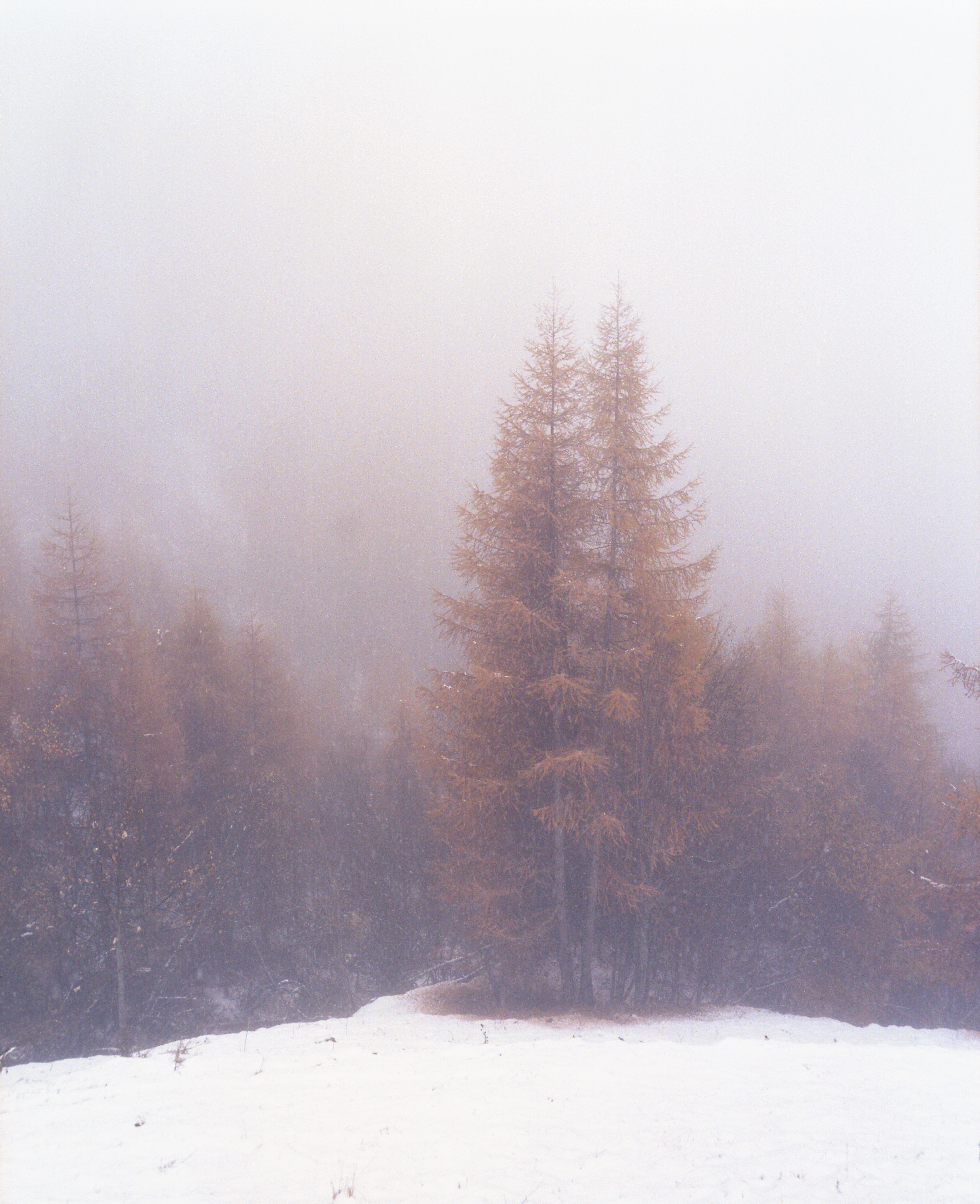
Emilio was very proud to show me his last two teeth but recounting his aches and pains.
«I don’t know what I’m still doing here» he repeated to me.
The doctor for the inhabitants of Chamois is reaching the village by cable-car from the valley below and is available for chamber visits only once per week for about just an hour.
«At the time, we did not have any doctor up here» Emilio tells «it was the priest to be in charge of visiting you and with one or two Holy Mary you just had to hope to be in good health!»
«That time when my father fell down out there on the mountain, we had to call a doctor who came by foot from the valley below, because the first cable car here it was built only in 1955»
«I remember that doctor charged us a crazy amount of money! 9000 Lire! - My mother said to the doctor that he was very expensive and the doctor replied to her: ‘Well, then you don’t know Madam how much my father spent to make me become a doctor!»
Today for any kind of emergency, an helicopter arrives in five minutes from the nearest regional hospital situated in the city of Aosta.
«I don’t know what I’m still doing here» he repeated to me.
The doctor for the inhabitants of Chamois is reaching the village by cable-car from the valley below and is available for chamber visits only once per week for about just an hour.
«At the time, we did not have any doctor up here» Emilio tells «it was the priest to be in charge of visiting you and with one or two Holy Mary you just had to hope to be in good health!»
«That time when my father fell down out there on the mountain, we had to call a doctor who came by foot from the valley below, because the first cable car here it was built only in 1955»
«I remember that doctor charged us a crazy amount of money! 9000 Lire! - My mother said to the doctor that he was very expensive and the doctor replied to her: ‘Well, then you don’t know Madam how much my father spent to make me become a doctor!»
Today for any kind of emergency, an helicopter arrives in five minutes from the nearest regional hospital situated in the city of Aosta.


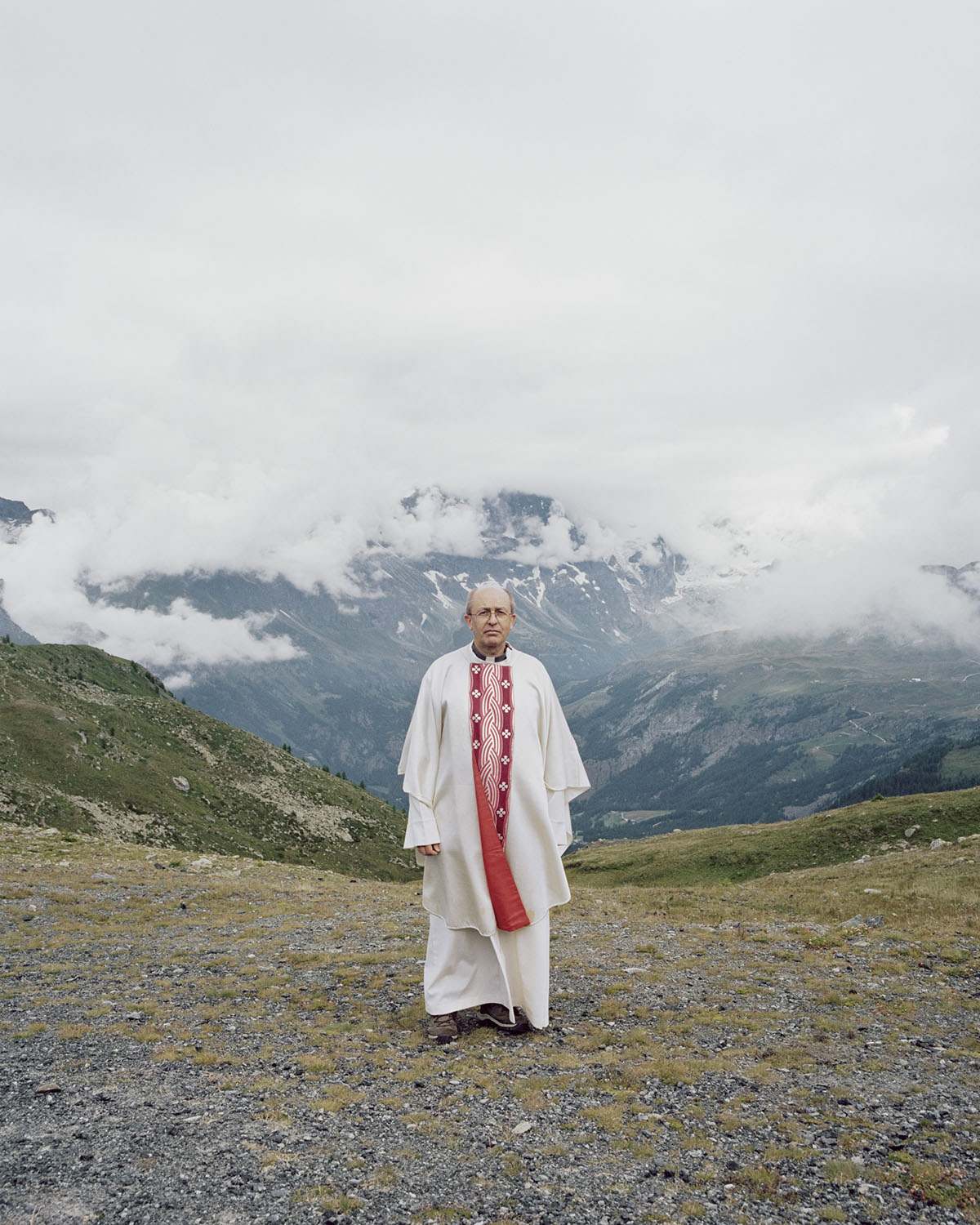

«What were you doing up here Emilio?»
«Ha! I spent all my life working, not even a single day off!» «I never saw the sea»
«I grew oat, barley and rye and I was having cows»
«but only the white-headed ones, because the black-headed cows were good just for fighting.
Indeed the white-headed cows were giving me the very best milk and I was able to make cheese all year long»
«When the production happened to exceed the quantity expected, I used to give milk and cheese to people who passed by»
«Ha! I spent all my life working, not even a single day off!» «I never saw the sea»
«I grew oat, barley and rye and I was having cows»
«but only the white-headed ones, because the black-headed cows were good just for fighting.
Indeed the white-headed cows were giving me the very best milk and I was able to make cheese all year long»
«When the production happened to exceed the quantity expected, I used to give milk and cheese to people who passed by»
Today in Chamois there are several family-run vegetable gardens and people grow mainly
potatoes and cabbages.
Farming is still one of the first resources in the whole region of Valle d’Aosta.

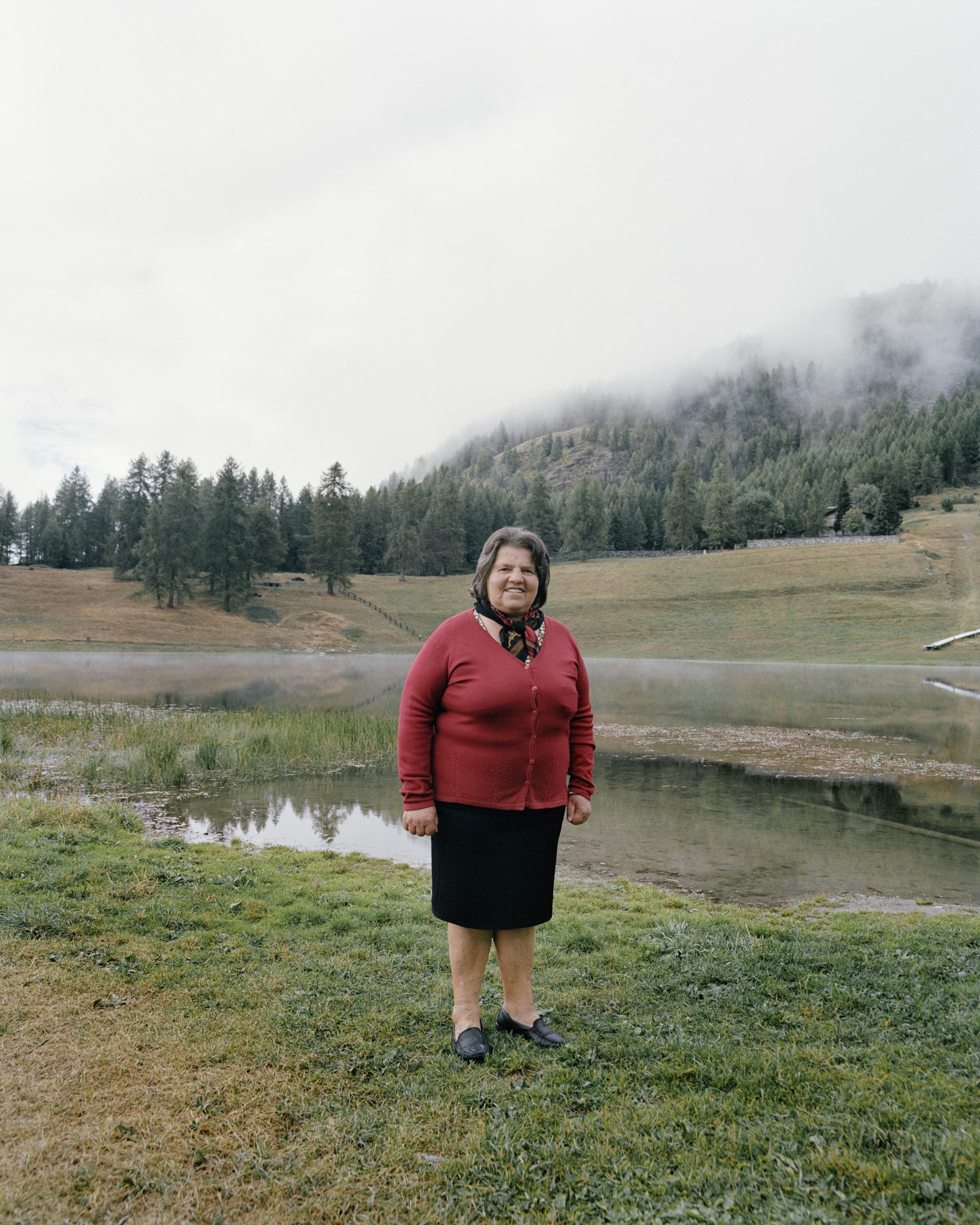

In Chamois still there are farmers who use to spend their entire summers on the high-altitude mountain fields with their hundreds of cows.
They mainly produce cheese and milk which are meant to be also sold to locals and tourists.

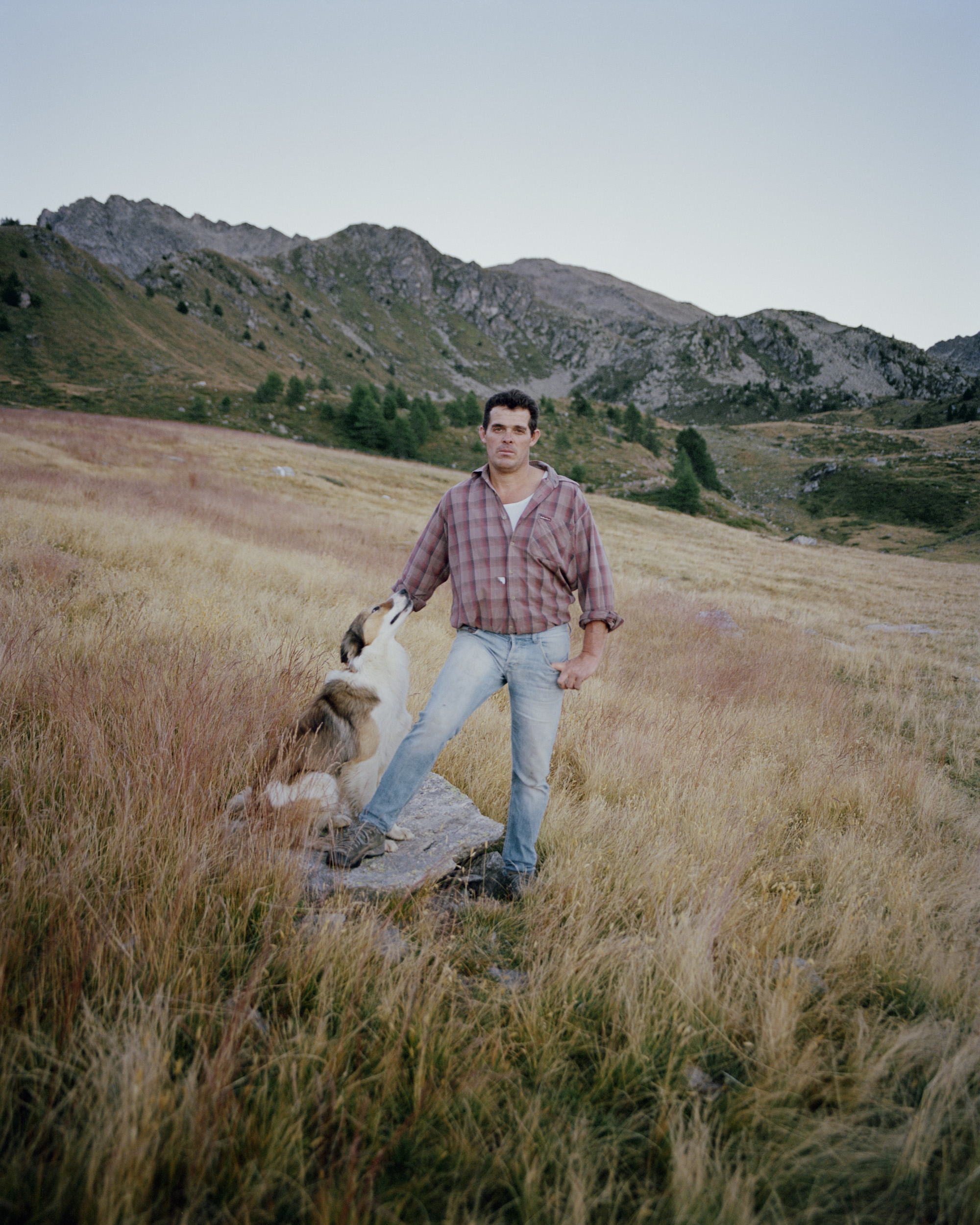
«I used to play accordion and harmonica» Emilio said by blushing «but you know, just by ear»
Then he stopped for a moment and added
«I wanted to become a musician but my parents didn’t like it at all»
«They wanted to keep me here with them carrying on with the year activity required with our cows and goats. So all I could do with music, was to keep going on regularly to the church to sing in the choir»
«In my free time, especially in winter, I was liking also to lead with some crafts by making Tzetón»
Emilio’s wooden baskets are famous all over the valley and some of them became also commissioned at some point.
They are exclusively made out of larch tree and hazel tree.
«It would be a shame to loose the tradition of the craftsmanship of these peculiar baskets we called Tzetón, if nowadays nobody will proceed in the will to learn how to make them»


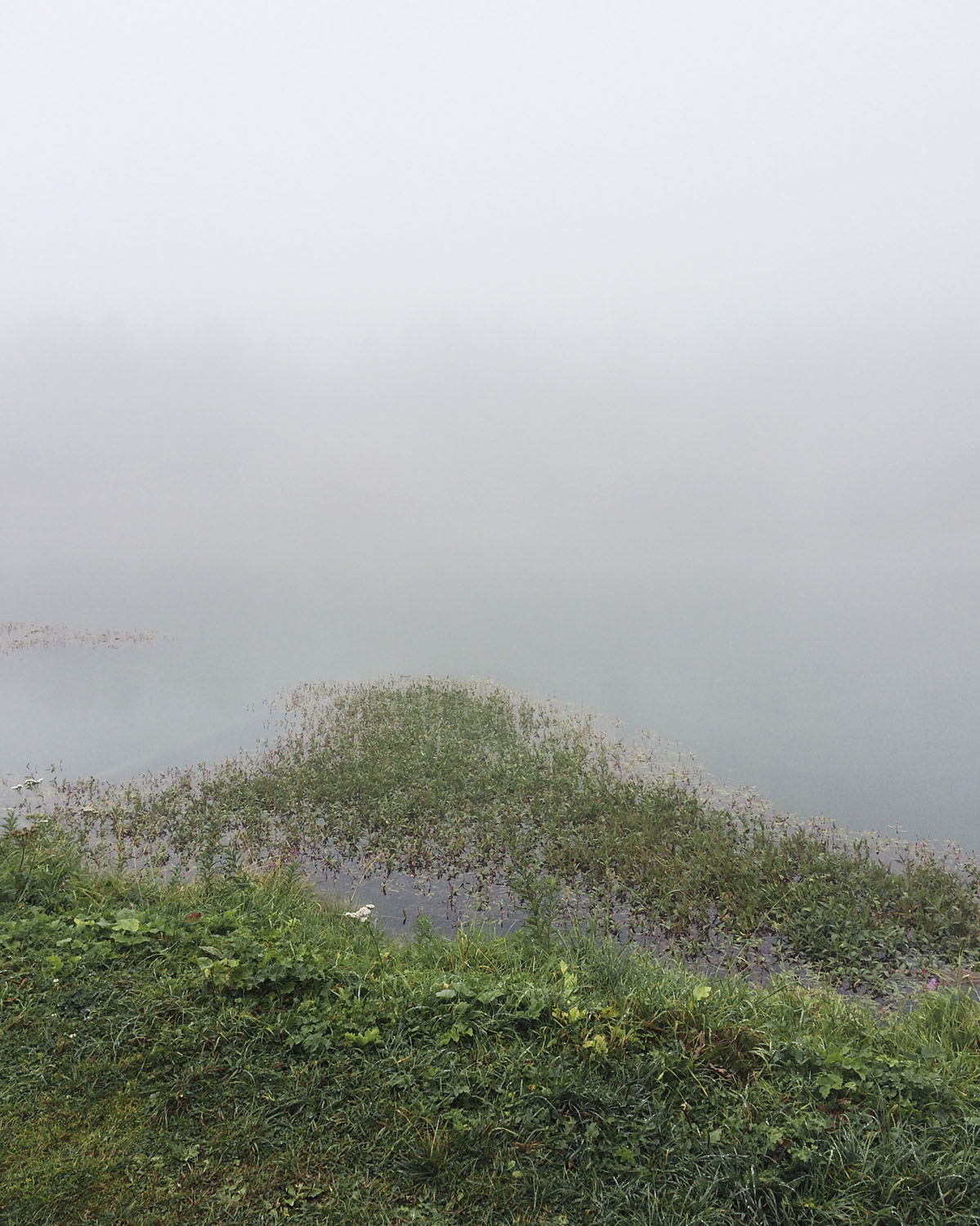


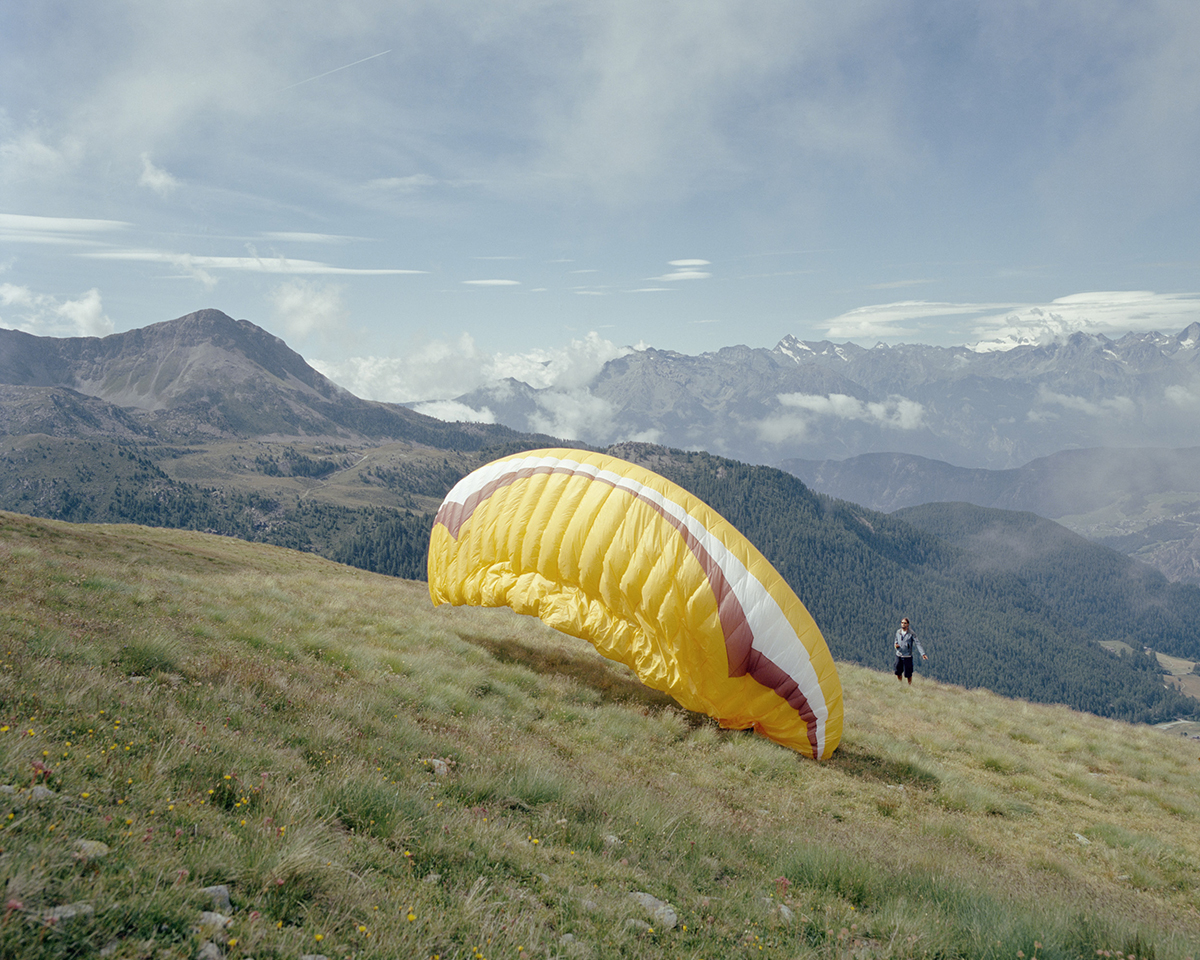
Emilio started also to recall about Christmas Eve in 1947, when Father Barrel, the priest of that time, went to visit him to bring the electricity to his home.
As a sign of gratitude for the hard work that Emilio was doing every day, that Christmas Emilio’s home went lighting up!
However Emilio couldn’t recall the exact date when Chamois got the phone line.
He only remembers that there was just one telephone which was placed at the church and where people used to stand in a queue for using it.

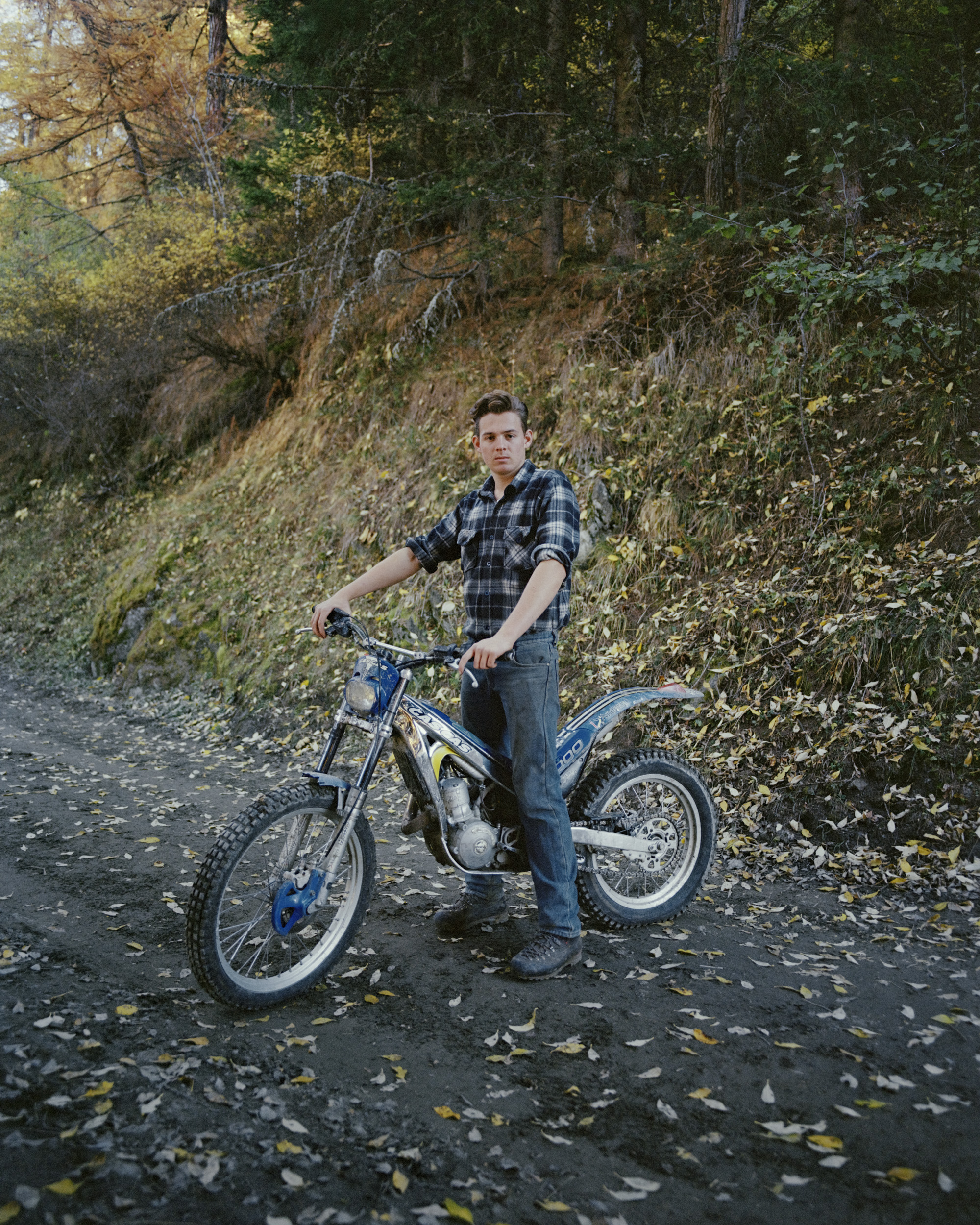

When Emilio went to school, there were around 40 children in Chamois.
«The teacher wasn’t even a proper teacher, but simply one of the inhabitant who was considered wiser than the others»
Nowadays there are no schools anymore in Chamois and the three teenagers who are living here have to catch the cable car to attend classes in the schools in the valley below.
«Emilio, and what about your girlfriend at that time?»
«Nooo, I didn't have» He replied blushing.
«My mother wouldn’t allow me to have any. After my sister got married and left Chamois and these mountains, my mother has been very careful with me to keep me tight over here»
«But you got a girlfriend anyway, right?»
«Well, once a woman passing by told me: ‘Hey, you really live disconnected from the rest of the world here!,’ so I replied to her: ‘Oh yes, and I am really happy with it.’ She haven’t replied anything and she left»
Emilio laughed, laughed a lot, and he was pure and genuine.
He was struggling to walk but he was always hoping to get to the next spring in order to see his meadows in bloom, like the ones in his old family album photographs.
«Nooo, I didn't have» He replied blushing.
«My mother wouldn’t allow me to have any. After my sister got married and left Chamois and these mountains, my mother has been very careful with me to keep me tight over here»
«But you got a girlfriend anyway, right?»
«Well, once a woman passing by told me: ‘Hey, you really live disconnected from the rest of the world here!,’ so I replied to her: ‘Oh yes, and I am really happy with it.’ She haven’t replied anything and she left»
Emilio laughed, laughed a lot, and he was pure and genuine.
He was struggling to walk but he was always hoping to get to the next spring in order to see his meadows in bloom, like the ones in his old family album photographs.

